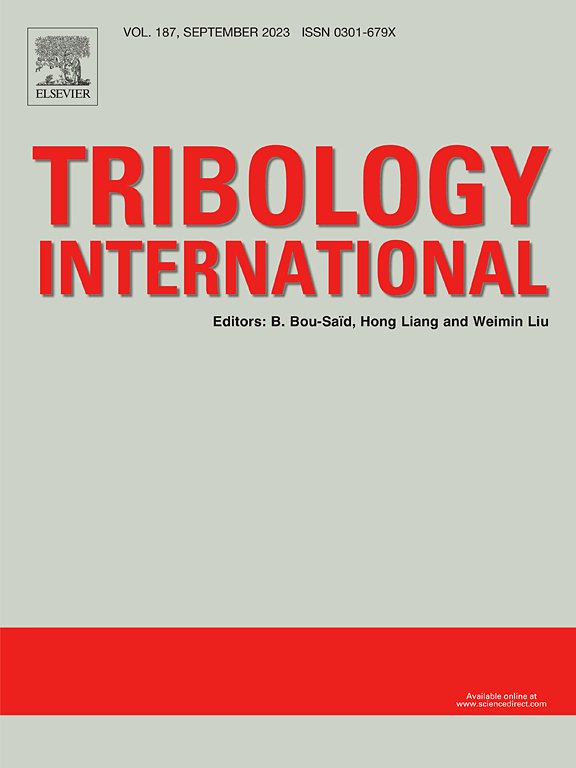Discussion of “Prediction of pavement friction coefficient based on dynamic friction test simulation”
IF 6.1
1区 工程技术
Q1 ENGINEERING, MECHANICAL
引用次数: 0
Abstract
This discussion critically evaluates the paper "Prediction of Pavement Friction Coefficient Based on Dynamic Friction Test Simulation" by Luo et al. While the proposed finite element (FE) modeling framework offers a novel method for predicting the coefficient of friction (COF) using the FE (finite element) model, it exhibits significant limitations, particularly in its treatment of adhesive and hysteretic friction components, leading to potential underpredictions of COF. The inappropriate application of the Persson model raises further accuracy concerns, especially at higher speeds. This discussion advocates for back-calculation methods and emphasizes the need for friction test validation. Future research should aim to enhance the model by incorporating additional factors such as temperature and material properties for improved reliability.
“基于动摩擦试验模拟的路面摩擦系数预测”的探讨
本文对Luo等人的论文《基于动态摩擦试验模拟的路面摩擦系数预测》进行了批判性评价。虽然提出的有限元(FE)建模框架提供了一种使用有限元模型预测摩擦系数(COF)的新方法,但它显示出显着的局限性,特别是在处理粘着和滞后摩擦成分时,导致COF的潜在低估。佩尔松模型的不适当应用引起了进一步的精度问题,特别是在更高的速度下。本讨论提倡反计算方法,并强调需要进行摩擦试验验证。未来的研究应旨在通过纳入温度和材料特性等其他因素来增强模型,以提高可靠性。
本文章由计算机程序翻译,如有差异,请以英文原文为准。
求助全文
约1分钟内获得全文
求助全文
来源期刊

Tribology International
工程技术-工程:机械
CiteScore
10.10
自引率
16.10%
发文量
627
审稿时长
35 days
期刊介绍:
Tribology is the science of rubbing surfaces and contributes to every facet of our everyday life, from live cell friction to engine lubrication and seismology. As such tribology is truly multidisciplinary and this extraordinary breadth of scientific interest is reflected in the scope of Tribology International.
Tribology International seeks to publish original research papers of the highest scientific quality to provide an archival resource for scientists from all backgrounds. Written contributions are invited reporting experimental and modelling studies both in established areas of tribology and emerging fields. Scientific topics include the physics or chemistry of tribo-surfaces, bio-tribology, surface engineering and materials, contact mechanics, nano-tribology, lubricants and hydrodynamic lubrication.
 求助内容:
求助内容: 应助结果提醒方式:
应助结果提醒方式:


